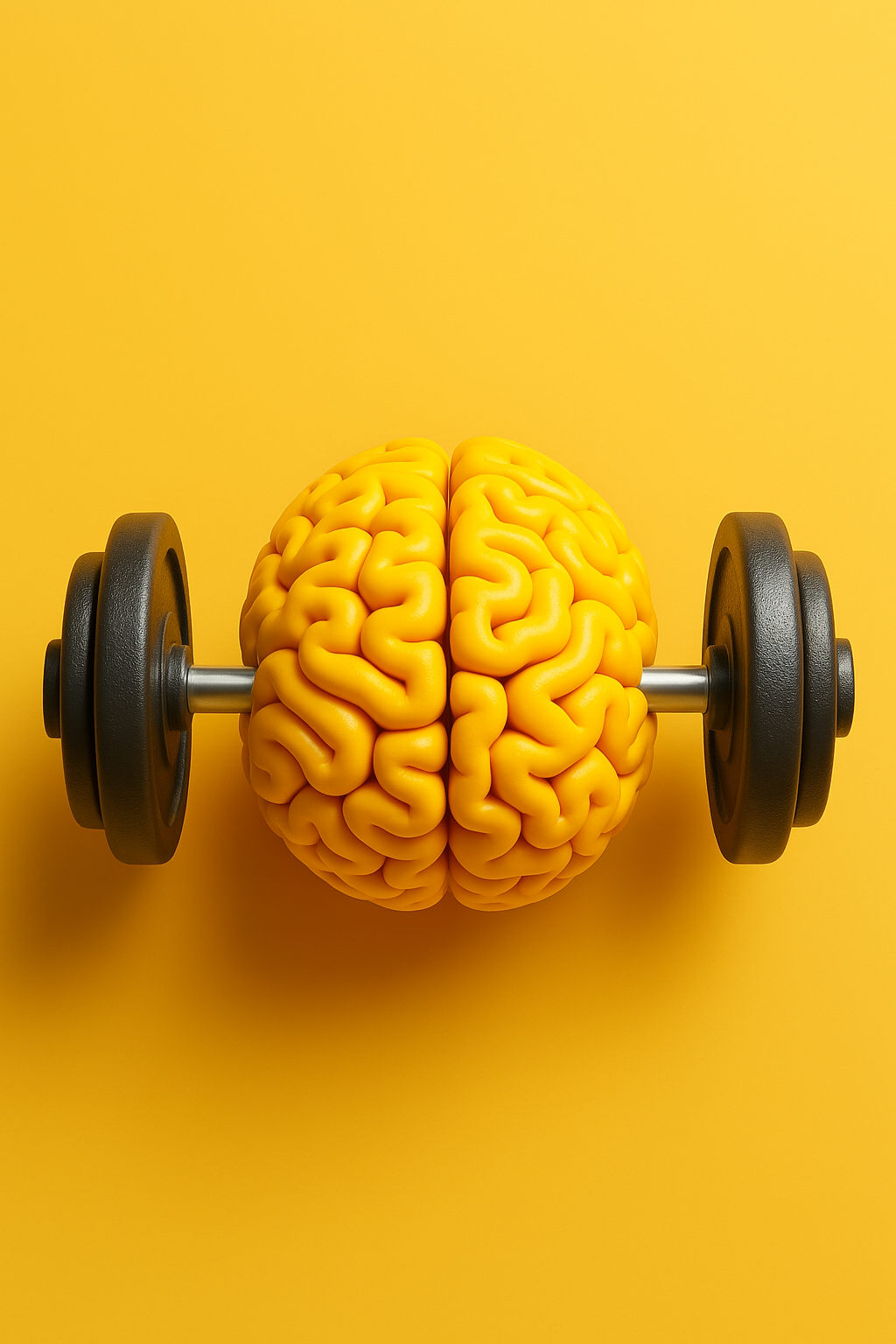ASSESSMENT
The goal of the assessment is to identify the nature and intensity of the central nervous system dysfunction by stimulating its reflex responses.
It consists of a series of 22 test images combining geometric shapes, colors, and black letters on a white background.
The evaluation is conducted at three different distances: far vision, intermediate vision, and near vision.
During each test, the images are viewed through a panel equipped with adjustable openings, allowing for simultaneous and/or binocular vision stimulation.
By comparing the image as it should be seen with how it is actually perceived by the individual, the test objectively determines the functional state of the central nervous system.
In other words, any distortion in the test image reveals the nature and intensity of the imbalance affecting the nervous regulatory centers.
If the image is seen correctly, it indicates that the nervous system responded in a balanced way.
If the image is not seen correctly, it reflects an inappropriate nervous response — either an overreaction or underreaction from the system.

Example of Test Image Interpretation
Correct Image Perception → Balanced Nervous System

The nervous system responds appropriately: The test image is perceived objectively without distortion.
Distorted image perception ➝ The nervous system is overreacting (hyperactive)

The nervous system overresponds: the test image is distorted in one direction.
Distorted image perception ➝ The nervous system is underreacting (hypoactive)

The nervous system responds insufficiently: the test image is distorted in the opposite direction.
TRAINING
A neuro-visual training method using the eye-brain connectionto normalize the functioning of the nervous system.

Our solution stands out with a unique approach that combines virtual reality and central nervous system training.
This “neuro-training” relies on repeated and progressive visual exercises. Thanks to brain plasticity, it strengthens and creates new synaptic and neuronal connections, supporting the normalization of the central nervous system.
The training program is structured into three cycles, each representing a stage of progression. Every path is personalized according to the results of the initial assessment, ensuring a gradual and tailored rebalancing process.
To validate a test, the user must be able to correctly perceive the image and keep it stable for thirty minutes in order to deeply integrate the reflex. Only then can they move on to a more advanced level.
The recommended training pace is two to six sessions per week, as long as no fatigue is experienced.
Over time, in 90% of cases, a progressive and lasting reduction of functional disorders is observed.
This method, comparable to micro-gymnastics for the brain, stimulates and re-harmonizes neural connections—much like physical training does for the body.
Important note: This approach is effective for functional disorders of nervous origin but does not act on organic disorders (lesions, infections, malformations).